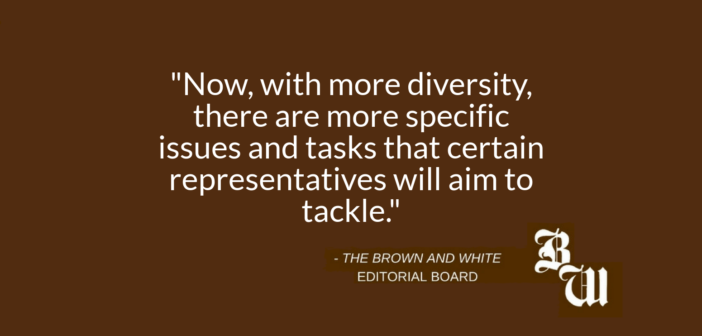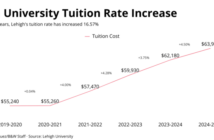Washington will feel a little different after last week’s midterm elections.
The key theme is diversity, with greater representation trending toward next year’s session of Congress assembles.
Sharice Davis became the first gay Native American to be elected to the House of Representatives
llhan Omar and Rashida Tlaib became the first Muslim women elected to the House.
Ayanna Pressley and Jahana Hayes became the first African-American women to represent Massachusetts and Connecticut respectively in Congress.
Veronica Escobar and Sylvia Garcia became the first Latina to represent Texas in the House.
These aren’t the only examples of an increase in the diversity of lawmakers. The Democratic Party, specifically, is looking more like the people it represents. There are more women, more people of color and, therefore, more of a shift away from a homogeneous white male Congressional body.
Prior to the election, there seemed to be a narrative that described everything as Democrat vs. Republican, blue vs. red, and progressive vs. conservative. Everyone’s concern was who was going to take majorities, and win the most seats.
But a blue or red wave did not dominate headlines like it was expected to. Instead, a multicultural wave — encompassing greater racial and gender diversity as well as what LGBTQ+ community members are referring to as a rainbow wave — was the story of the night.
Now, with more diversity, there are more specific issues and tasks that certain representatives will aim to tackle.
What does all of this mean, though?
These members of Congress are people who will be able to vote on and orchestrate decisions that will affect our country. Instead of polarized blue vs. red politics, there will be a wider and more diverse array of issues to face.
More women in Congress could mean more attention to women’s rights, and more people of Native American descent may mean more attention toward the preservation of reservations. The decision table will have many more perspectives than previous years, with all the firsts that are coming to Washington.
In Northampton County, Lehigh’s home county, this election proved to be different.
We saw this happen locally, as Susan Wild became the first woman to represent the Lehigh Valley in Congress. The start of this trend won’t die after this past election, too. People who are beginning to vote at a time when voter diversity is increasing, should have more diverse preferences down the line.
In 2014, there was 38.31 percent voter turnout among registered voters in the midterm elections. This year that figure jumped to 55.83 percent. Voter turnout increased and the consequence of this could be felt on campus leading up to the election.
Voter turnout is one of the reasons why our government hasn’t always directly mirrored the diversity of its people. To continue getting voter turnout to increase, efforts like those seen around campus for the last few weeks are ways to raise awareness and engagement for elections. Free rides to polls, Instagram stories, Snapchat stories and messages all around the university were encouraging students to vote.
Regardless of political parties, people were fired up to vote this election and were eager to practice their civic engagement. With a larger voter congregation and more diverse representatives in office, there should be a greater sense of an overall diversity when it comes to politics and the issues that are addressed.






Comment policy
Comments posted to The Brown and White website are reviewed by a moderator before being approved. Incendiary speech or harassing language, including comments targeted at individuals, may be deemed unacceptable and not published. Spam and other soliciting will also be declined.
The Brown and White also reserves the right to not publish entirely anonymous comments.
3 Comments
Why is the left obsessed with being the “first (insert .01% of population group)?” Why are they not concerned about being qualified or accomplishing things? Maybe because they aren’t qualified or successful.
Give us a call when you get yourself elected to Congress.
Oh, and good luck with those next four o’clocks.
Ilhan Omar is an anti-semite. Why is the Brown and White celebrating her victory?